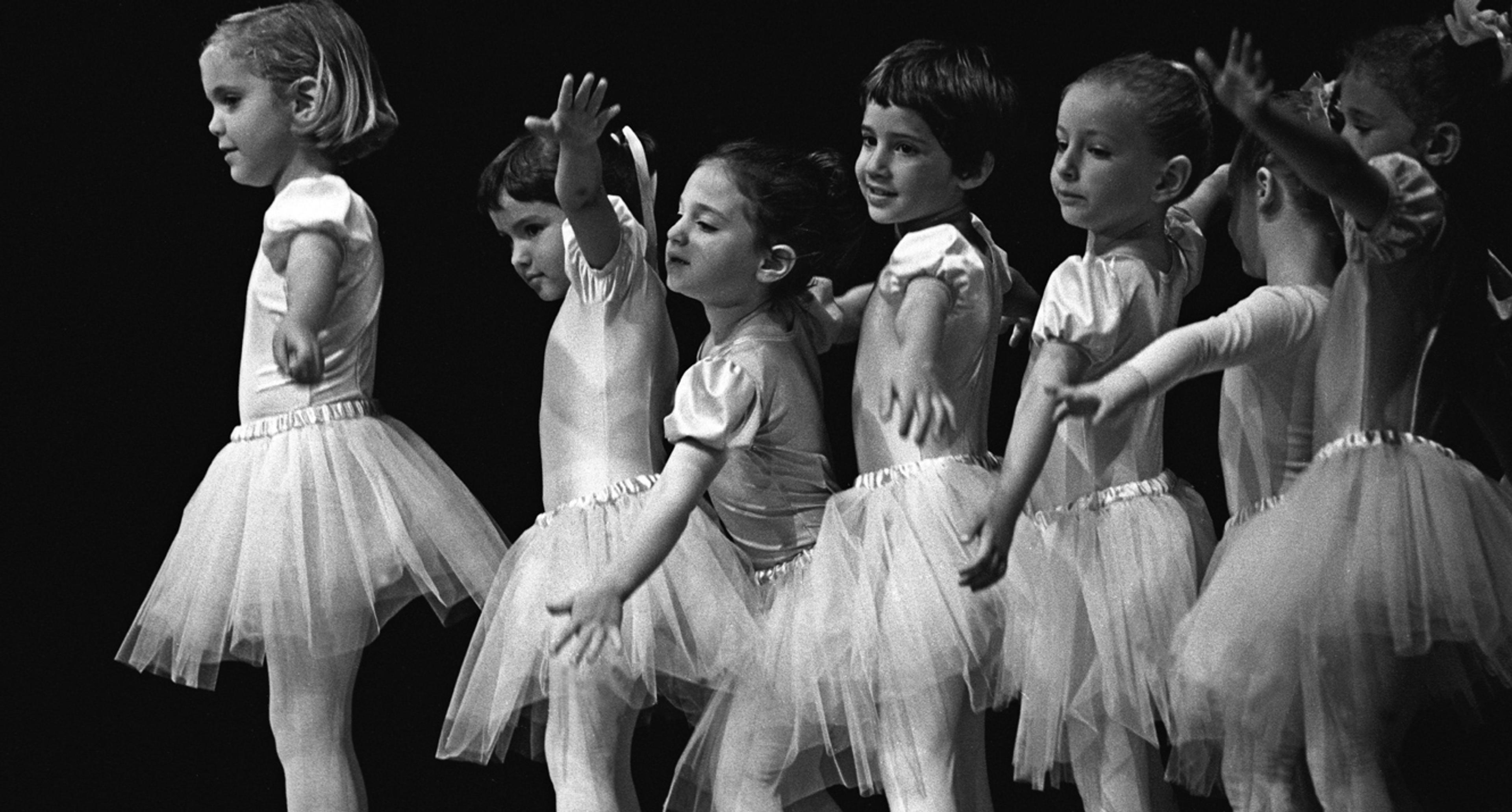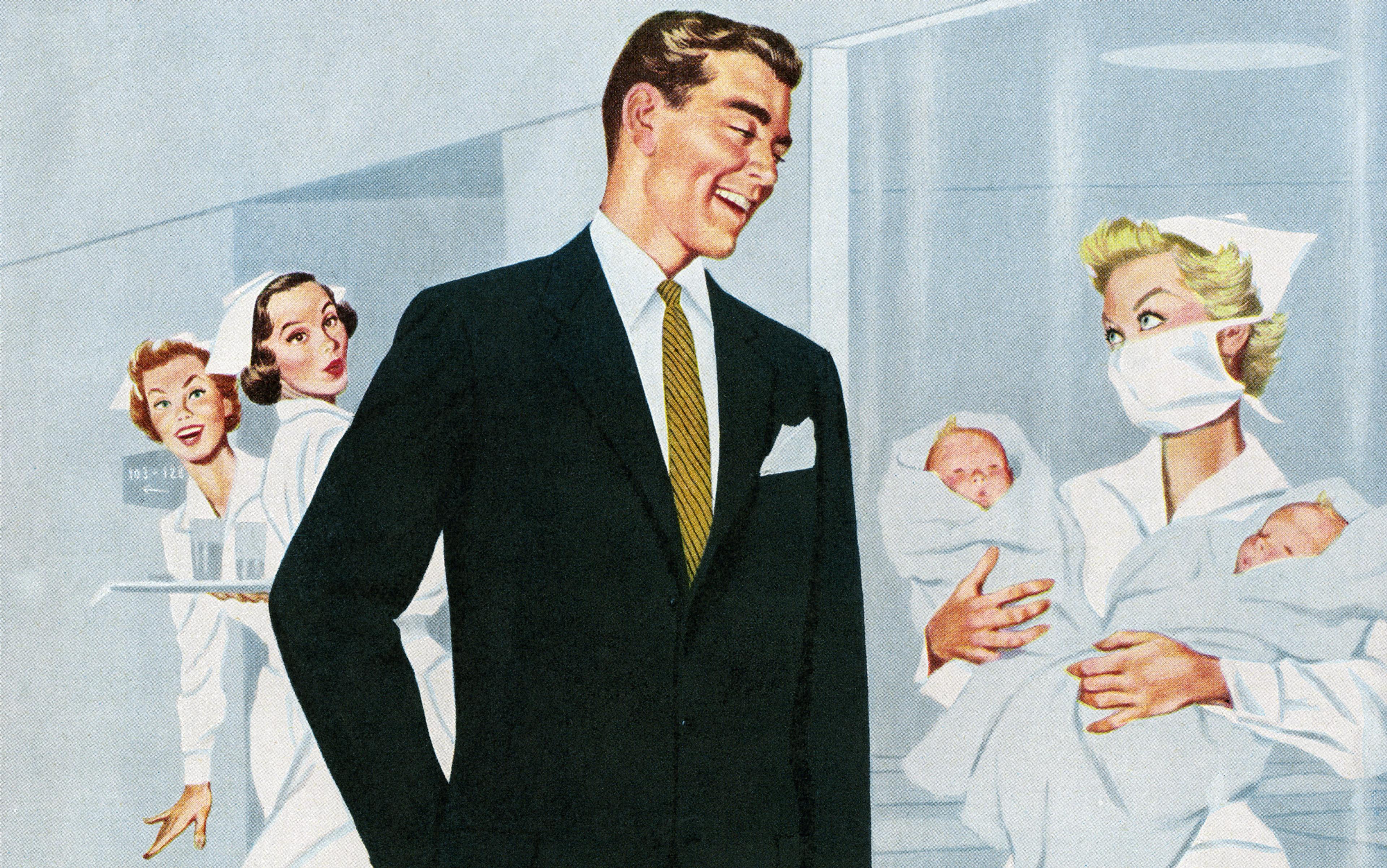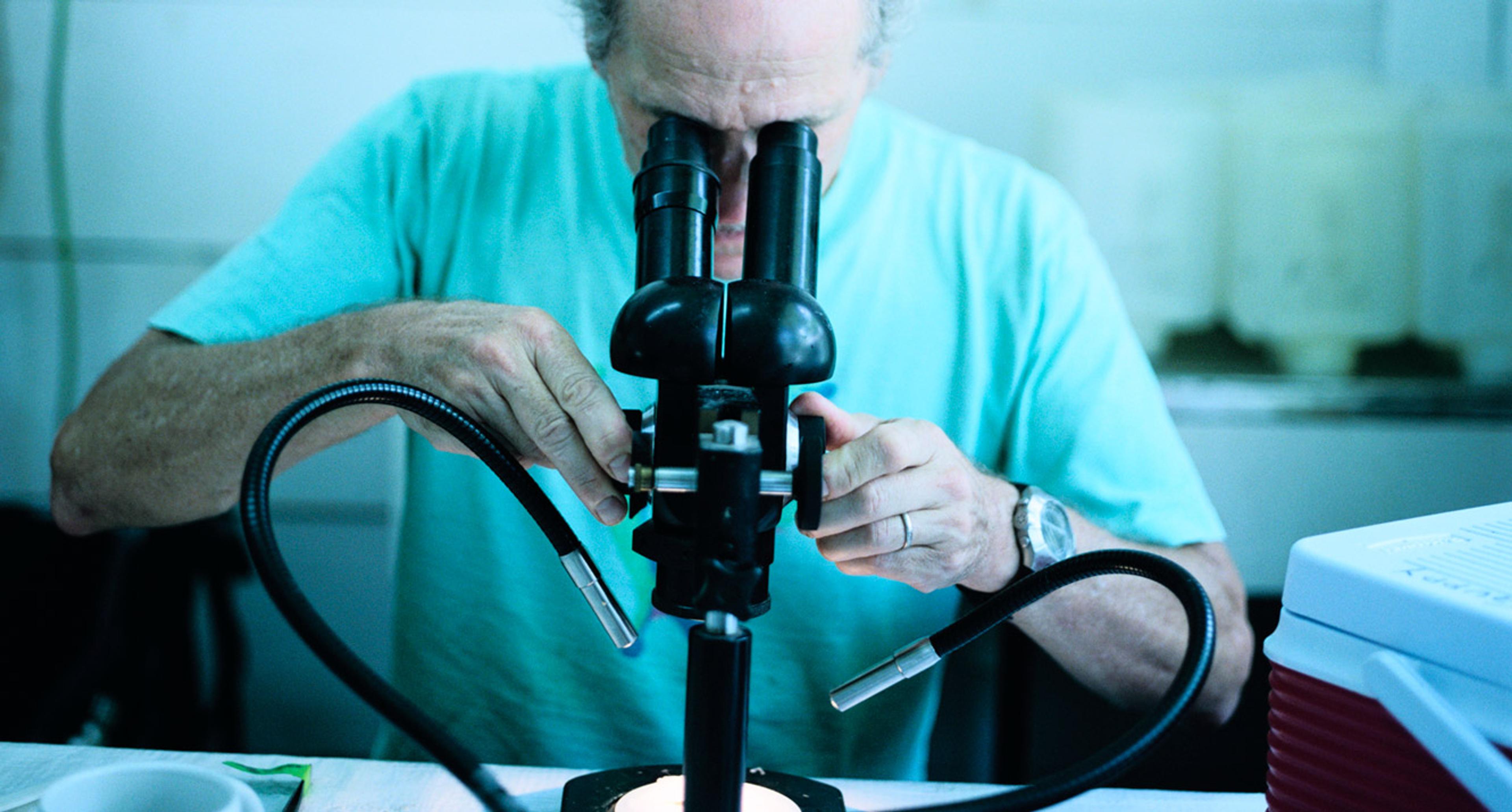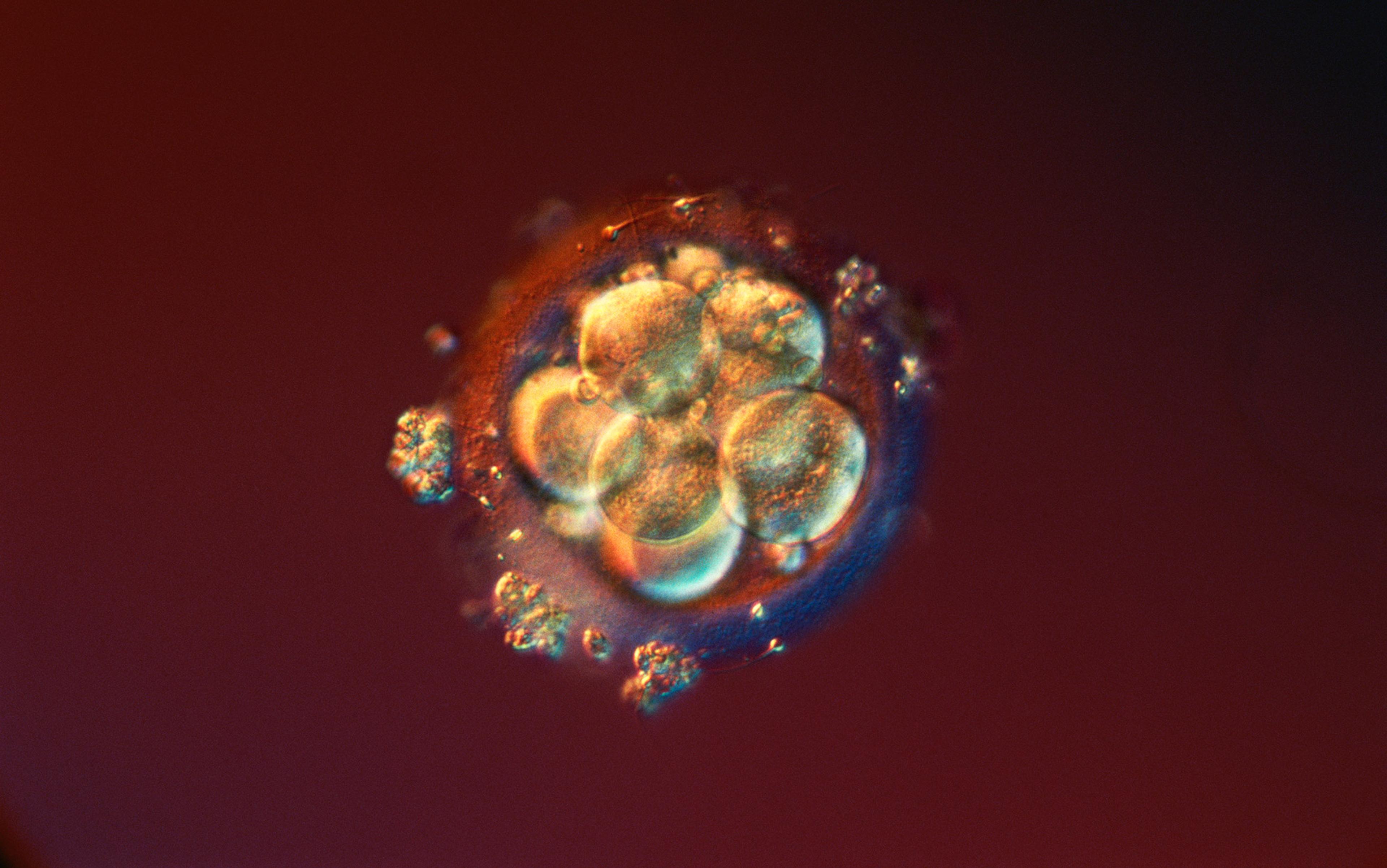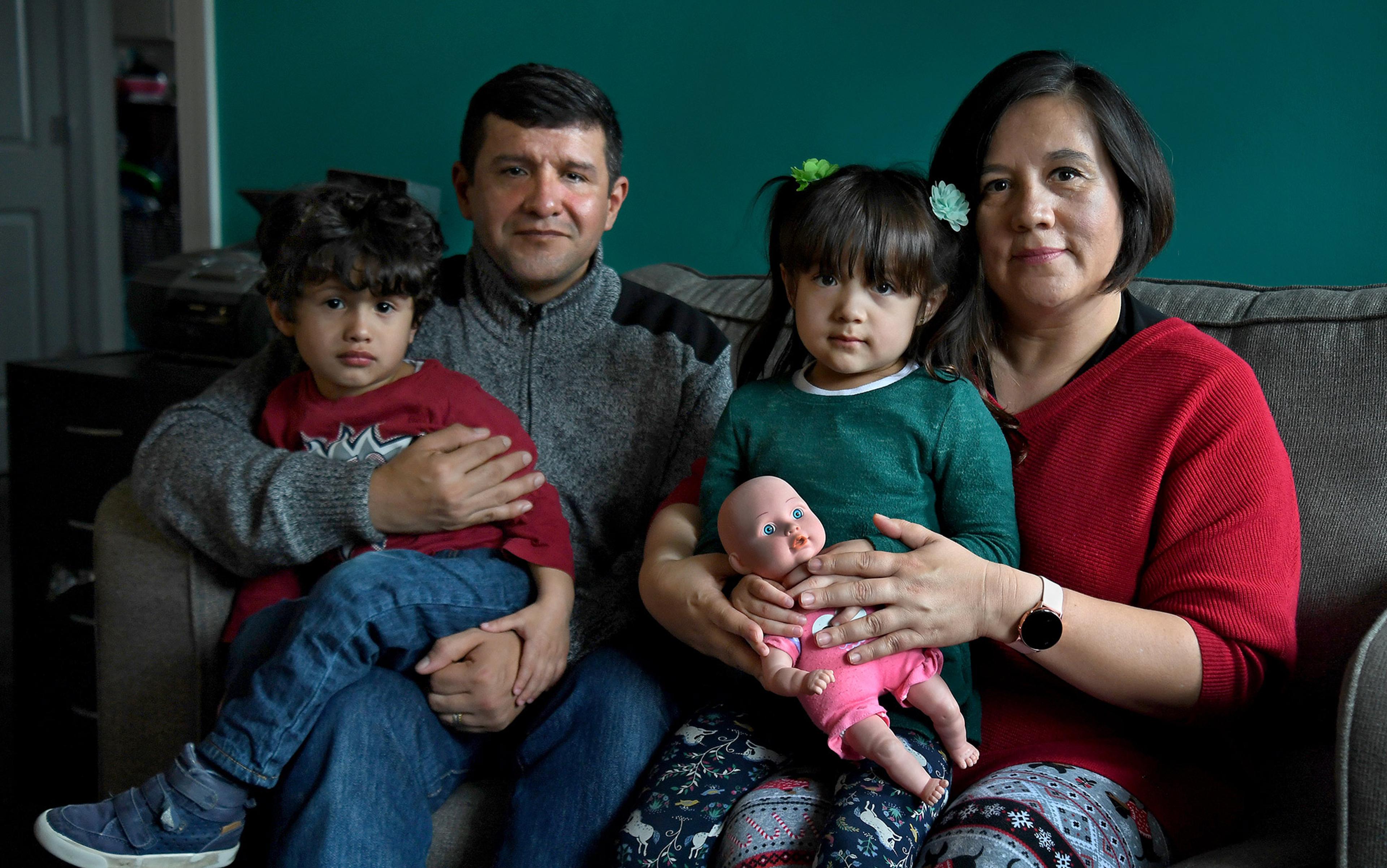When the international project to sequence the human genome started in 1990, nearly everybody agreed: to use genetics to control the shape of future generations would be to engage in eugenics, something so self-evidently bad that nobody needed to say why. Nearly everybody agreed that the knowledge gleaned from the project would never be used to make changes to ‘germ cells’ – sperm and eggs – or to early embryos.
It was easy to say that no one would contemplate altering germ cells or early embryos back when nobody thought such germline engineering could be done safely or effectively. Everybody recognised that attempting to use the technologies then available would result in the creation of large numbers of foetuses that either would not survive, or would survive to endure lives of relentless pain.
Today, however, it appears that the technical problems might be behind us. In April 2015, in the pages of Science, a group of prominent scientists and ethicists announced the need for a public conversation about a new gene-editing technology that, in principle, could be used to make precise, safe and effective changes – or ‘edits’ – to human genomes.
The group’s statement called attention to a new gene-editing technology with a catchy name: CRISPR-Cas9. CRISPR is an acronym for ‘clustered regularly interspaced short palindromic repeats’ and refers to the molecular mechanism that homes in on the place in the genome where the desired genomic edit will be made. Cas9 is the name for the protein that initiates the change. The technique has already been used successfully in plants and non-human animals.
If a technology such as CRISPR-Cas9 could be used to safely and effectively treat diseases or create what some see as improvements in future generations, we would have to face the question we didn’t need to face back in 1990 when the Human Genome Project was getting off the ground. Even if it won’t be possible to use this technology to alter the sorts of hugely complex traits – say, intelligence – that are envisioned in sci-fi movies such as Gattaca (1997), it might be possible to use it to edit out some disease traits, especially rare ones that result from mutations in single genes. More ambitiously, perhaps it could be used to edit in some enhancements such as muscles of greater strength or bones of greater length. Whatever the traits, once the fig leaves of safety and efficacy fall away and we have a technology that can alter the traits of future generations, the naked ethical question stares back at us: is eugenics, really, inherently bad?
That seemingly simple question takes us to the heart of a deep tension that decent parents have felt for a very long time, but that will become ever more intense if a technology such as CRISPR-Cas9 is in fact safe and effective. I refer here to the tension between the ethical obligation of parents to accept their children as they are, and their ethical obligation to shape them. This technology could become yet one more site of cultural polarisation – a high-tech variation on the already high-pitched debate between ‘Tiger Moms’, who are whole-heartedly committed to shaping their children, and ‘Elephant Moms’, who are equally whole-heartedly committed to letting their children unfold in their own ways. (The more accurate formulation would be between Tiger and Elephant Parents, but that isn’t the one being deployed today.) On the other hand, and far more optimistically, this technology could create the opportunity to sustain – as opposed to resolve – the enormous tension between the obligations to shaping and accepting.
Grasping the nature of this tension in the context of embryo editing forces us to revisit the question, ‘Is eugenics inherently bad?’ It forces us to see why it won’t be enough to assert, ‘You can’t do that, it’s eugenics!’ — and why we need to distinguish between good and bad eugenic practices. That will not be an easy distinction, and attempting to make it may be fraught with social danger. Nonetheless, we need to start along that path if we want to face the future with intellectual and ethical integrity.
The term eugenics was coined in 1883 by Charles Darwin’s cousin, Francis Galton. Galton had in mind the Greek roots, eu, meaning ‘good’, and genos, meaning ‘stock’. He feared that England’s working class, which he took to be of poor stock, were wildly out-reproducing the professional class, which he took to be of good stock. To change the direction of that disastrous trend, he envisioned a voluntary programme to ensure that future British generations would be of good stock or, in another transliteration of the Greek roots, ‘well born’.
Galton and the other eugenicists of the late 19th century and first half of the 20th rightly inferred that inherited ‘factors’ – so-named by Gregor Mendel, the father of those pea experiments we learned about in high school – could help to explain why some people developed traits viewed as desirable and others developed traits viewed as undesirable. But they knew nothing about the nature of those factors. It’s hard for some of us to remember, but before the publication of James Watson and Francis Crick’s iconic paper in 1953, nobody knew what the structure of DNA was, much less how one might try to engineer it.
With surgical precision, it could help people with traits such as cystic fibrosis or Huntington’s disease give birth to healthy children without those traits
Before the discovery of the structure of DNA, eugenicists had to rely on highly imprecise or barbaric techniques: they could incentivise people with ‘desirable’ traits to reproduce or they could prevent people with ‘undesirable’ traits from reproducing, either by sterilising or ‘euthanising’ (killing) them. The fact that the Nazis, in the 1930s and ’40s, used all three of those techniques helps to explain why, around the start of the Human Genome Project, it was so easy to agree that free and open societies would not embark upon germline genetic engineering. To engage in practices aimed at improving the ‘genetic stock’ of future generations would be to act like Nazis.
As the 1990s advanced, we became increasingly skilled at rapidly sequencing the human genome, and developed strategies for identifying which inherited ‘factors’ – which DNA variants – could help to explain why one person exhibited a given trait and another did not. This progress began to make it easier to imagine that germline engineering might be achieved in ways that were safe and effective. And the new means of producing ‘good stock’ would not require any of the old, crude strategies. A technology such as CRISPR-Cas9 would not entail sterilising or euthanising anyone. On the contrary, such a technique presumably could, with surgical precision, go into a genome, make an alteration and, to begin with, help people with ‘undesirable’ traits such as cystic fibrosis or Huntington’s disease give birth to healthy children without those traits.
Surveying the new field, the philosopher Philip Kitcher published The Lives to Come (1996) for a popular audience, arguing that eugenic practices weren’t bad in themselves. It wasn’t the aim of eugenics – creating children of ‘good stock’ – that had been the problem with past practices, he said. The problem had been the means used by governments, which acted on the basis of racist and classist conceptions of what being of good stock meant. Instead, Kitcher invited his readers to imagine a ‘utopian eugenics’, a set of practices that featured individuals making free and informed choices about how to improve the chances that their children would flourish. Other authors followed suit, if in more academic formats. The philosophers Allen Buchanan, Dan Brock, Norman Daniels and Daniel Wikler wrote From Chance to Choice: Genetics and Justice (2000), which made an argument much like Kitcher’s, and the philosopher Nicholas Agar did the same in the boldly titled Liberal Eugenics (2004).
For liberals, the most straightforward argument in favour of letting prospective parents act to improve their children’s chances of flourishing is that they have a right to choose how to try to promote their own conception of what is good for them and their children (so long as those choices don’t harm their child or anyone else). Each of us has the right, free from government interference, to make choices that advance what John Stuart Mill in 1859 called our own ‘experiments of living’.
The case also rests on the goodness of giving children their best chance at having a good life. Indeed, parents have a fundamental ethical obligation to shape their children. That is what household discipline, family customs and education are all for. Requiring children to take out the trash, to gather around a dinner table or to take piano lessons are all instances of parents seeking to shape their children. In each of those cases and myriad others we use our rational capacities to shape children, in ways that conform to our understanding of their long-term flourishing.
You might be thinking – surely there is an ethical difference between using the technology that is CRISPR-Cas9 and using the technology that is education to shape one’s child? Yes, there is more than one ethical difference between the two technologies. To begin, insofar as the gene‑editing technology changes the organism’s way of being by changing the organism’s genetic machinery, it emphasises how human beings are machines. By contrast, insofar as the technology that is education changes the organism’s way of being by giving her reasons, it emphasises how human beings have minds. The two technologies reflect different ways of understanding what sorts of beings we are. They also reflect different values. Since gene editing works on the genetic machinery, it requires none of the messiness that goes with communication between persons, and it emphasises the value of efficiency. Meanwhile, as education works on the mind, it requires communication between persons, and emphasises the value of engagement. Since the means we use reflect different understandings of who we are and what we value, they are deeply, ethically important.
Yet none of this is sufficient to warrant the claim that parents should never use germline technology to increase their child’s chances of living a good life. Like the technology that is education, the technology that is gene editing can, at least in principle, be used to fulfil the ethical obligation to shape children. Insofar as that is the case, it won’t suffice to simply assert that eugenics is inherently or self-evidently bad. What is needed instead are reasons to remember that shaping children isn’t parents’ only ethical obligation.
Anyone who has been a parent or, for that matter, a son or daughter, knows that parents have an obligation that cuts in exactly the opposite direction of shaping: the obligation to accept their children as they are. Even the most Tiger-ish of parents should be horrified at the idea of a parent who would, due to her inability to accept her child’s sexual orientation, seek to change it with some form of conversion therapy. And even the most Tiger-ish of parents should be able to recognise the potential psychological damage in forcing a child without the requisite desires or talents to fulfil a parent’s unfulfilled ambition to be, say, a great musician, athlete or doctor.
To this extent, we should be dismayed by a parent who can’t accept the child as she is. What her predispositions really are is more important than our preconceptions of what they should be. She is a separate person, whose distinctive form of being, no matter how different from our own, commands respect. In this way, having a child is good practice for life in a community: it’s a place to cultivate the ability to honour different ways of being.
Having a child also offers an opportunity to remember the utterly fundamental, mind-boggling fact that there is a world in which there are distinctive ways of being. There could have been no world at all, much less one full of the nearly infinite number of ways of being in it that we find. Each of us is thrown into existence by nature, specifically, by the unfathomably improbable meeting of one sperm and one egg. In this sense, we didn’t create ourselves or even our children. So while it is essential to notice the way in which we are the shapers of our own lives and of our children’s – thus the way in which we are creators – it is equally essential to notice the way in which we are creatures. Cultivating an attitude of acceptance is a way of remembering this other essential feature of our humanity, our creatureliness.
When the political philosopher Michael Sandel articulated what I’m calling the obligation of acceptance, he spoke of an ‘ethic of giftedness’. As he wrote in The Case Against Perfection (2007): ‘To acknowledge the giftedness of life is to recognise that our talents and powers are not wholly our own doing, nor even fully ours.’ In remembering that we are not the creators of our own lives, we remember the way in which our lives and our children’s are gifts. Families are – or should be – a refuge from the logic of markets. In families, we are – or should be – valued because we are members of the family, not because of the traits we bear.
Yes, but is the argument about the value of acceptance really pertinent to the act of editing embryos? After all, at the embryo stage, there isn’t yet any child to accept. Once the edited embryo turns into a child, the parents will have a lifetime’s worth of opportunities to practice acceptance. Given how inchoate our understanding of the relationship between genomes and complex behaviours is, the most that embryo editing could do, at least right now, is increase the likelihood that a given child will exhibit a given trait. We surely wouldn’t want to succumb to the fantasy that we will become so effective in our ability to edit embryos that it would take no effort for parents to accept the children those embryos become.
That is an important point. Editing embryos could not by itself obviate the need for acceptance. It would, however, be equally fantastical to imagine that embryo editing would have no effect on our capacity to remember the obligation to accept children as they are. Psychical energy is finite; the more time we invest in shaping children, the less we invest in accepting them as they are.
Just because more of us are helicopter parents, it doesn’t therefore follow that we should start using genetic drones to influence the shape of our children ever earlier in their development
But, you might further ask, aren’t you forgetting that we already invest nearly every resource at our disposal to increase our children’s chances for success? What would be new in using CRISPR-Cas9?
There would be nothing new in it, and that is the problem. We need to get much better at resisting our bias in favour of the status quo. From the fact that we already exert ever more control over the shape of our children, it does not follow that we should do more of the same in the future. Just because more of us are helicopter parents, it does not therefore follow that we should start using genetic drones to influence the shape of our children ever earlier in their development.
Acceptance isn’t a hard sell only because of the cultural cachet of the Tiger parent, not only because acceptance currently comes with no high-tech intervention – and thus no money to be made. For secular liberals such as myself, it’s hard for a subtler reason: the language of acceptance and of life as a gift has religious overtones. For someone to suggest that life is a gift could be interpreted to mean that she presumes to have knowledge of the Giver. People who are secular don’t think that such knowledge exists and we don’t want to use language that suggests otherwise. Moreover, as political liberals, we don’t want to give quarter to political conservatives, who would seek to deprive us of abortion and marriage rights.
The profound problem with this way of seeing things is that it keeps us from articulating the complex truth of our predicament. If we want to use emerging technologies such as CRISPR-Cas9 in ways that promote children’s flourishing, we need to be able to talk, not only about the parental obligation to shape, but also about the obligation to accept – even if our political adversaries sometimes use that same language for different ends.
Just as we shouldn’t let fear keep us from using a term such as gift, we shouldn’t let it keep us from acknowledging that choice is a fundamental, though not absolute, good. It was psychologist Barry Schwartz of Swarthmore College in Pennsylvania who called choice our ‘official dogma’: Most of us think that the more choice we have, the freer we are, and the happier we will be. His research has upended that point of view.
According to Schwartz and his colleague Adam Grant at the University of Pennsylvania, the relationship between choice and happiness can be described by an inverted‑U curve. Imagine a simple graph, with the number of available choices on the horizontal axis and with levels of satisfaction or happiness on the vertical axis. As we have more choices, our level of happiness grows, but only up to a point – the top of the inverted U. After that point – the downward slope of the inverted U – more choice is associated with more paralysis, and thus less happiness. Schwartz’s research suggests this is true when choosing among salad dressings and potential marriage partners. Isn’t it reasonable to imagine that the explosion of possible choices in editing embryos might someday be described with a similar curve?
I speculate that the relationship between acceptance and happiness can also be described by an inverted‑U curve: the more we can accept and appreciate how we and our children are, the happier we can be, but only up to a point. After we hit the top of the curve, more acceptance is associated with more passivity, and thus less happiness. Nobody should argue that we need to accept or appreciate the distinctive forms of life that go along with harrowing genetic conditions such as Lesch-Nyhan syndrome or Tay-Sachs disease once we have the power to intervene.
It is so obvious as to be nearly embarrassing to say: we need to balance our commitments. We need to sustain the tension between those ethical obligations that cut in opposite directions – the one that demands we make choices to shape and improve our offspring, and the one that demands that we accept them as they are. Not only can the exhortation to balance sound intellectually unexciting, it can also sound vacuous. Just what exactly is the right balance between shaping and acceptance? How do we know when we’ve hit the top of the inverted‑U curve? Where is the line between traits we should seek to engineer and ones we shouldn’t?
One step on the way to sustaining the needed tension will be giving up the hope of crisp answers. We will never be able to make ethical interventions as precisely as we make genetic ones. Another step will be to resist contempt for language that has religious resonances. It is perfectly true that the language of acceptance resonates with some traditional religious ideas, and that religious fundamentalists can use that language to advance causes that secular liberals such as myself take to be dangerous and appalling. But it is equally true that the language of shaping resonates with some traditional market ideas, and that market fundamentalists can use that language to advance causes that we should find equally dangerous and appalling.
So, is eugenics inherently bad? No, not if by eugenics you refer to parents truly, freely choosing to use knowledge of genetics to promote the chances that their children will have good lives. If those efforts could be done safely and effectively, they would be consistent with parents’ ethical obligation to shape their children, and would be good. But such efforts could be very bad indeed if they make it still harder for parents to sustain the tension between shaping and acceptance that they and their children desperately need.
The problem of trying to distinguish between good and bad eugenics is hardly unique to gene‑editing technologies such as CRISPR-Cas9. It arises with other genetic technologies in the reproductive realm, for instance those that seek to predict the traits of the child-to-be based on the genomic profile of a sperm, egg, embryo or foetus. But if gene editing becomes as safe and effective as geneticists are now saying it imminently will, the problem will be framed in an especially vivid way. We will need to face it squarely – and that means taking the obligation to shape and the obligation to accept with equal seriousness. For those of us who are privileged enough to face this problem, and who are thus likely more comfortable with shaping than acceptance, it will be a huge challenge to give acceptance its due. But the flourishing of the prospective parents who will have access to the technology, and the flourishing of their children, will depend on giving both obligations their due, and on sustaining the tremendous tension between them.
